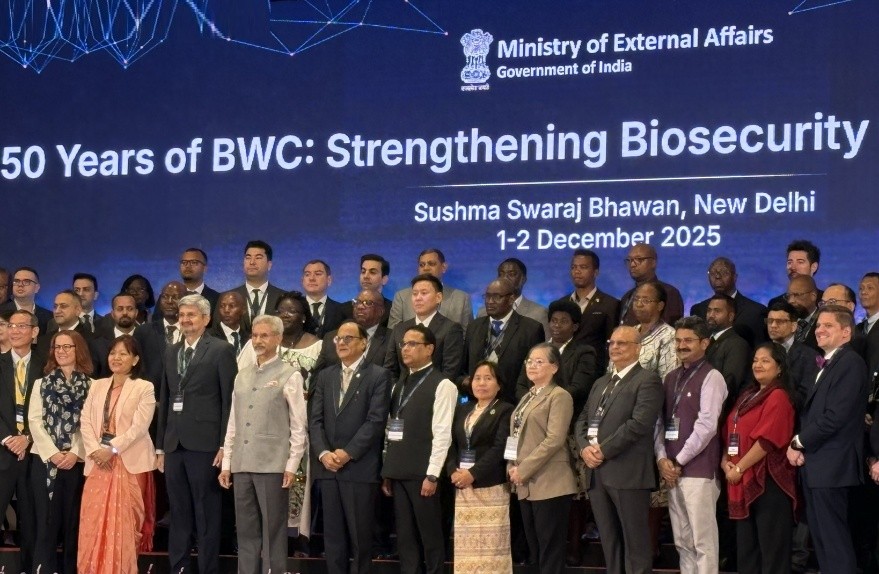Font size:
Print
Forest Degradation and Restoration Efforts
Context:
Recently, the World Bank estimates that the world has lost about 10 million square kilometres of forests since the start of the 20th century.
More on news:
- The exploitation of forest resources due to uncontrolled and unsustainable practices has degraded forest landscapes.The United Nations declared 2021-2030 as the Decade of Ecosystem Restoration.
- The goal of this decade is to restore 350 million hectares of degraded land.
- Expected outcomes include generating $9 trillion in ecosystem services.
- Additionally, the restoration aims to sequester 13 to 26 gigatons of greenhouse gases from the atmosphere
- India has taken a target of creating an additional 2 billion carbon sequestration by 2030

Importance of Tree Planting:
- Tree planting is a proven method to sustain and support biodiversity.
- Climate Change Mitigation: It is a popular approach for addressing climate-related crises and environmental challenges.
- Carbon Sequestration: Trees help store and remove carbon dioxide from the atmosphere, contributing to biological carbon sequestration.
- Mass-Scale Drives: Considered a potential solution for global climate change issues by both governmental and non-governmental organisations.
Tree Planting Drives & Associated Problems :
- Increased Tree Planting Initiatives: In recent years, various agencies and governments have seen a rise in tree planting campaigns using catchy slogans and glamorous campaigns.
- Notable Programs:
- Single-day planting drives in various Indian states.
- World Economic Forum’s One Trillion Tree Project.
- China’s Great Green Wall.
- Pakistan’s 10 Billion Tree Tsunami.
- Bonn Challenge to restore 150 million hectares by 2020 and 350 million hectares by 2030.
- Many programs lack adequate involvement from local communities.
- Inadequate Post-Planting Measures.
- Monoculture Issues: Promoting single species.
- Ecological Neglect: Tree planting in Grasslands and Animal Habitats can destroy existing ecosystems, increase wildfire risks, and exacerbate global warming.
- Studies highlight issues with tree planting in non-deforested areas, which are productive and biodiverse.
- Inadequate Post-Planting Measures: Planting saplings alone is not enough; effective post-planting care and monitoring are crucial.
-
- Tree planting alone may not always be the most cost-effective solution for climate mitigation compared to other methods like creating tree islands or employing alternative restoration techniques.
India’s Challenges and Achievements:
- Forest Encroachment and Loss: Nearly 10 million hectares of forests are under encroachment. Approximately 27.5 crore people depend on forests for subsistence.
-
-
- 5.7 million hectares of forest land lost to non-forestry purposes since Independence.
-
- Carbon Sink Achievements: In 2023, Prime Minister Narendra Modi stated that India fulfilled its Paris Agreement commitments.
-
-
- In February 2024, the Union Minister reported an additional carbon sink of 1.97 billion tonnes of CO2 equivalent.
-
- Restoration Goals: India aims to restore 26 million hectares of degraded forests by 2030.
Recommendations for Improvement:
- Ensure sufficient funding and involve local communities in tree planting.
- Use public awareness campaigns and social media to boost engagement.
- Focus on building resilient, diverse forest ecosystems and address both ecological and social challenges effectively.
Indian Government Initiatives and Community Participation for a Greener Future:
|


